When examining the logistics and transportation industry, understanding the weight of equipment—specifically flatbed semi-trailers—is crucial for fleet managers, logistical coordinators, and business owners alike. The weight of a flatbed semi-trailer can significantly impact load calculations, regulatory compliance, and operational efficiency. In this article, we delve into the multifaceted world of flatbed semi-trailer weights, addressing the essential components, industry regulations, and practical considerations for users.
What is a Flatbed Semi-Trailer?
A flatbed semi-trailer is a versatile type of trailer characterized by its flat platform and lack of sides or a roof. Commonly used for transporting heavy goods, including construction materials, machinery, and oversized items, flatbed semi-trailers are integral to many freight operations. Their open design allows for easy loading and unloading, making them highly practical in various industries.
Empty Weight: The Basics
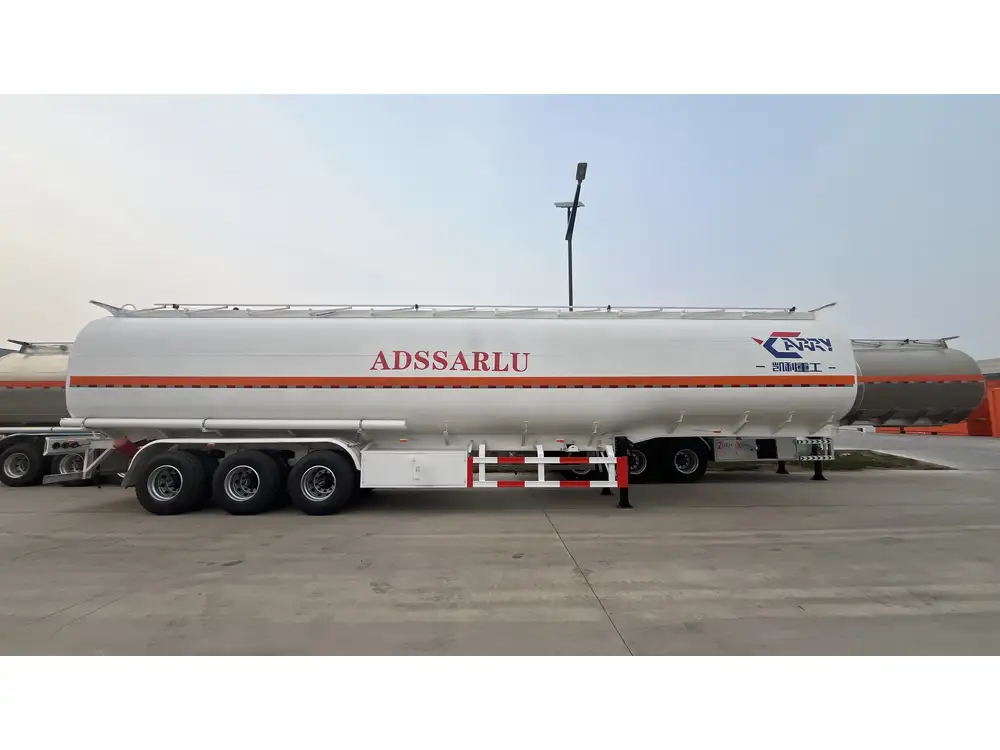
Average Weight Range
The typical empty weight of a flatbed semi-trailer varies based on several factors, including its construction material, design, and size. On average:
| Type of Flatbed Trailer | Average Empty Weight |
|---|---|
| Standard Flatbed | 4,000 – 5,000 pounds |
| Lowboy Flatbed | 6,000 – 10,000 pounds |
| Step Deck Flatbed | 5,000 – 7,000 pounds |
| Gooseneck Flatbed | 4,500 – 6,500 pounds |
These figures reflect the standard configurations, but modifications and specialized designs can alter these weights significantly.
Factors Influencing Weight
Materials Used: Flatbed trailers can be constructed from various materials, including steel, aluminum, and composite materials. Aluminum trailers tend to weigh less while still maintaining structural integrity.
Design Features: Some trailers come equipped with features like additional braking systems, hydraulic systems, or reinforced frames, which can increase their overall weight.
Size and Dimensions: Naturally, larger trailers will weigh more. The standard size for a flatbed semi-trailer is typically 48 or 53 feet in length.
Maximum Load Capacity
Understanding the weight of the semi-trailer alone isn’t sufficient. It’s equally important to consider the maximum load capacity, which is affected by multiple factors:
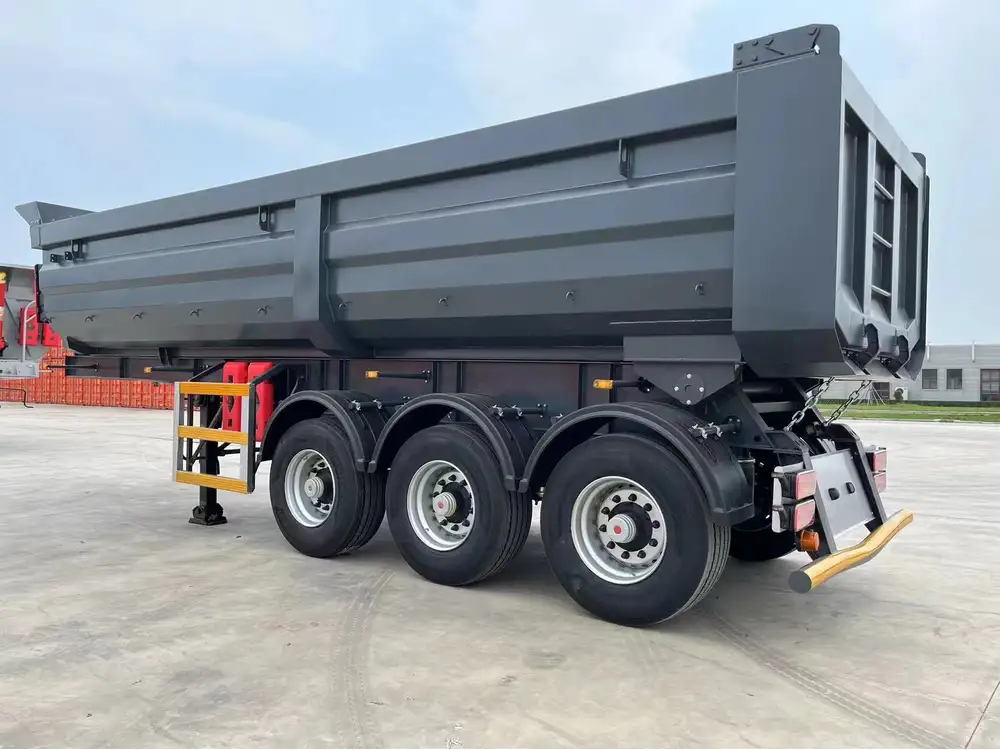
Gross Vehicle Weight Rating (GVWR)
The Gross Vehicle Weight Rating (GVWR) combines the trailer’s weight with its maximum payload. Most flatbed semi-trailers have a GVWR ranging from 10,000 to 80,000 pounds. This rating is essential for compliance with federal and state regulations, helping businesses avoid penalties associated with overloading.
Load Distribution
When loading a flatbed, it’s crucial to distribute weight evenly. Improper weight distribution can lead to unstable transport, increasing the risk of accidents. Common practices include:
- Center Loading: Placing heavier items towards the trailer’s center to maintain balance.
- Securing Cargo: Using straps and chains to secure items in place.
Scale for Compliance
To ensure compliance with weight restrictions, it is recommended to weigh the trailer and its load at a certified scale. This practice helps ensure regulations are met, avoiding potential fines and enforcement actions.
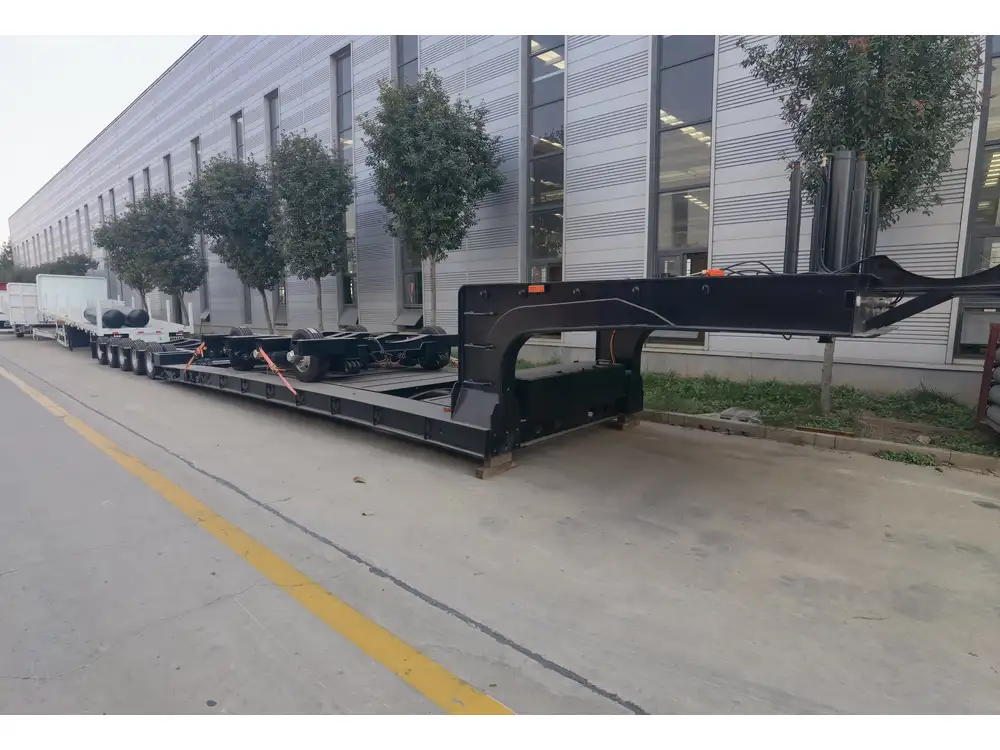
Legal Regulations on Weights
Navigating the legal landscape surrounding semi-trailer weights is essential for efficiency and compliance. Key regulations include:
Federal Regulations
According to the Federal Motor Carrier Safety Administration (FMCSA), the maximum allowable weight for a semi-trailer and its load is 80,000 pounds on interstate highways. Notably, the following configurations are also essential to understand:
| Description | Maximum Weight |
|---|---|
| Single Axle | 20,000 pounds |
| Tandem Axle | 34,000 pounds |
| Tridem Axle | 42,000 pounds |
State Regulations
Individual states may impose additional restrictions or provide exemptions based on specific conditions like roads, bridges, and environmental factors. Therefore, it is vital for transport operators to be familiar with local laws before operating.
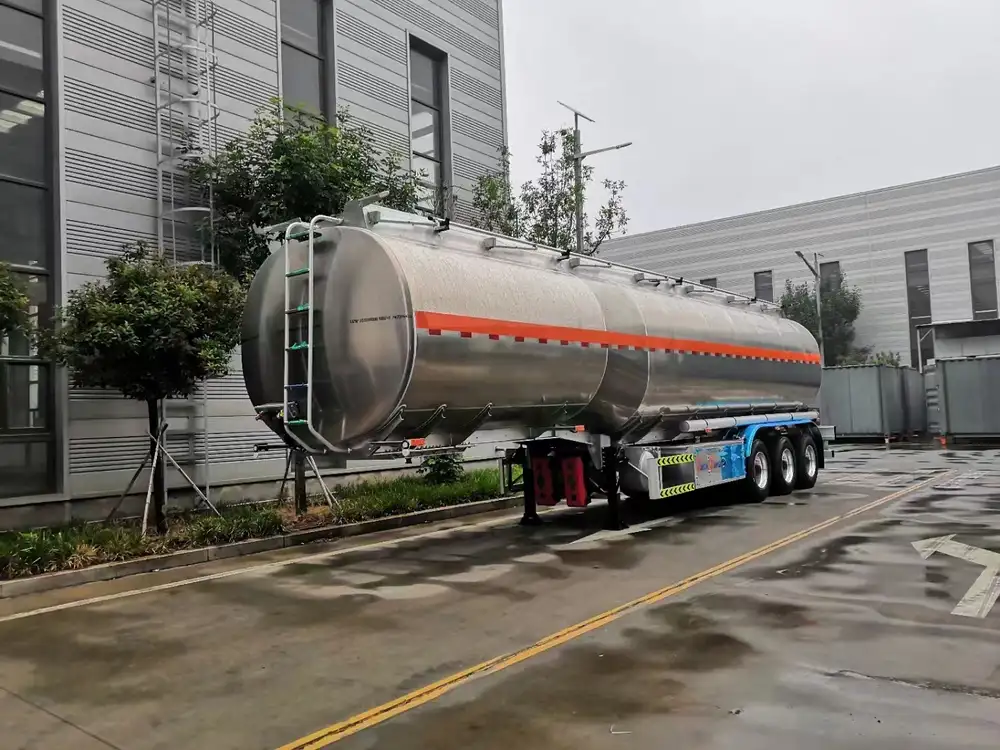
Operational Implications of Trailer Weight
Fuel Efficiency
The weight of a flatbed semi-trailer affects fuel efficiency. Heavier trailers require more power to operate, leading to increased fuel consumption. In contrast, lighter trailers can contribute to lower overall costs. Factors influencing fuel efficiency include:
- Engine Power: More powerful engines may mitigate the drawbacks of heavy loads but increase maintenance costs.
- Aerodynamics: The trailer’s shape impacts air resistance, affecting how easily it moves through the air.
Maintenance Considerations
Regular maintenance is vital to ensure that flatbed trailers remain operational and safe. The following maintenance tasks should be considered:
- Tire Pressure Checks: Maintaining proper tire pressure increases fuel efficiency and ensures safety.
- Brake Inspections: Heavy loads put additional strain on braking systems; regular checks are necessary.
- Frame Inspections: Structural integrity is critical. Regularly inspect the trailer frame for signs of wear or damage.
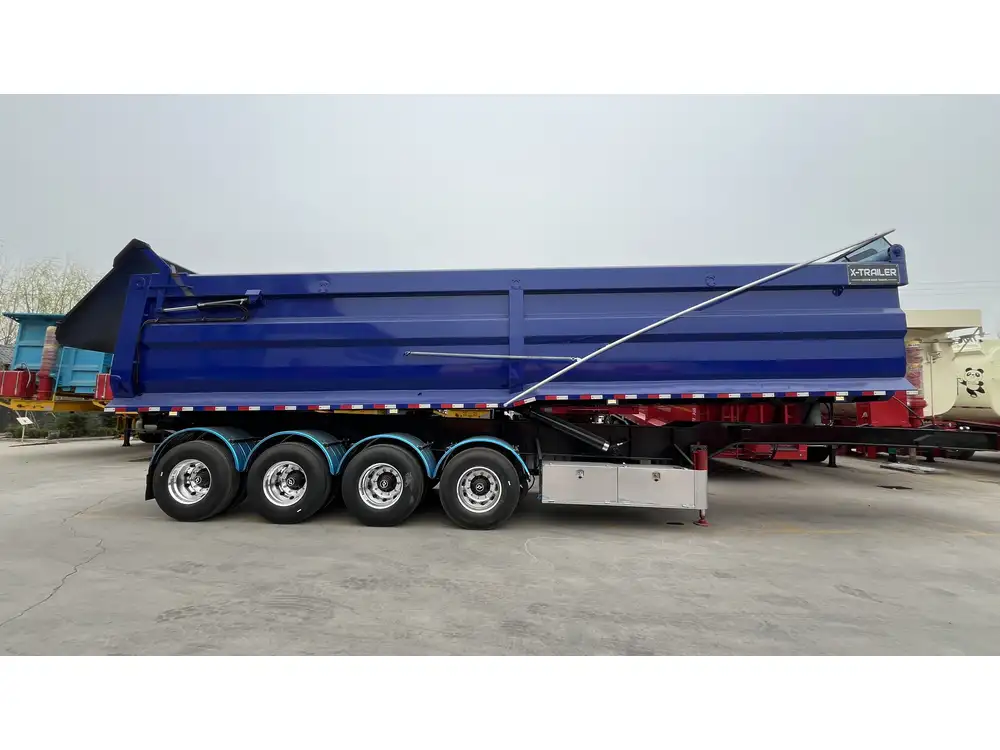
Payload Calculation Strategies
Calculating the optimal payload is crucial for maximizing efficiency while remaining compliant. Consider the following:
- Live Load Weight vs. Payload: Understand the distinction between loaded weight (live load) and the maximum capacity outlined by the manufacturer.
- Weight Scales: Utilize portable axle scales and truck scales for accurate measurement before hitting the road.
Innovations in Flatbed Trailer Design
The industry continues to innovate to create lighter and more efficient flatbed semi-trailers. Here are some advanced design features:
Lightweight Materials
New composites and aluminum alloys significantly reduce the weight of flatbed trailers without sacrificing strength. These advancements lead to improvements in capacity and operational efficiency.

Advanced Safety Features
Modern trailers now incorporate advanced braking systems, stability controls, and load-monitoring technology, enhancing both safety and performance.
Smart Trailers
Integration of IoT technology allows fleet managers to monitor trailer weight and condition in real time, optimizing operations and adherence to regulations.
Conclusion
Understanding the weight of a flatbed semi-trailer is pivotal for anyone operating in logistics or freight transportation. From calculating maximum payloads to navigating legal requirements and operational considerations, mastering these elements can lead to safer, more efficient operations. By keeping abreast of innovations and regulatory changes, businesses can enhance their competitiveness while ensuring compliance and operational excellence.
As the transportation industry evolves, so do the challenges and opportunities associated with flatbed semi-trailers. Fleet operators must harness the knowledge from this article to optimize their operations, improve safety, and ensure the efficient movement of goods across the nation. By staying informed and proactive, stakeholders can mitigate risks and leverage the advantages of effective load management and trailer operation.



